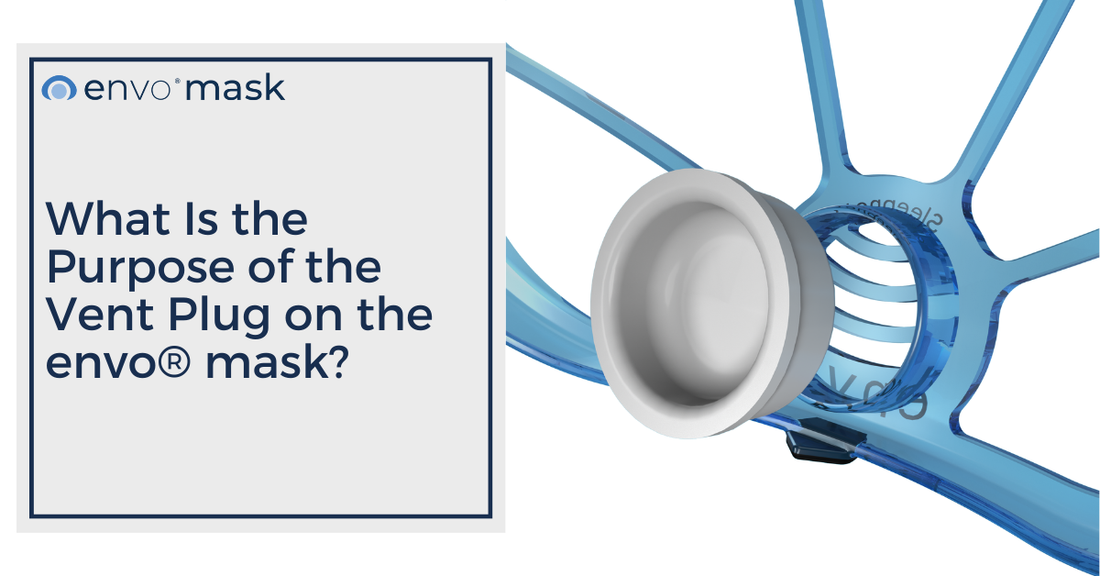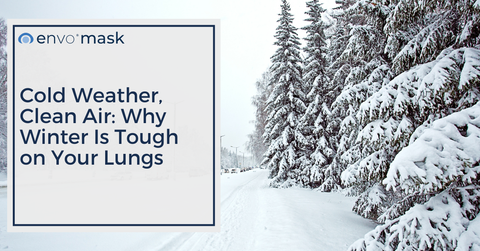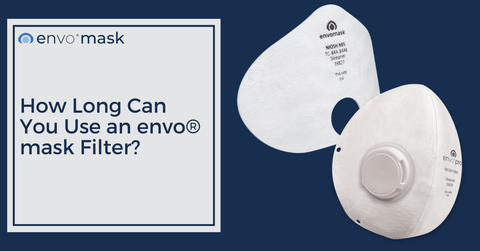articles
What Is the Purpose of the Vent Plug on the envo® mask?

If you’re using an envo® respirator with an exhalation valve, you may have noticed a small but important accessory included with your mask: the vent plug. While it might seem like a minor feature, this little component plays a big role in how your mask functions—especially in shared or clinical environments.
Let’s break down what it does, when to use it, and why it matters.
Two-Way vs. One-Way Protection
The envo® mask with an exhalation valve is designed to provide high-efficiency filtration for incoming air, protecting you from airborne hazards like dust, allergens, and pathogens. However, exhalation valves allow unfiltered air to leave the mask, which can be problematic in situations where protecting others from your exhaled air is just as important—like during a respiratory illness or in a healthcare setting.
That’s where the vent plug comes in.
What the Vent Plug Does
When installed correctly inside the filter cover, the vent plug:
- Blocks the exhalation valve, effectively preventing your exhaled air from bypassing the filter
- Creates a two-way filtration system, so both inhaled and exhaled air are filtered
- Enhances protection for those around you by minimizing potential exposure to airborne particulates
Think of it as flipping the switch from “self-protection” to “community protection.”
When Should You Use the Vent Plug?
Use the vent plug anytime you’re in an environment where protecting others is essential, including:
- Hospitals and clinical settings
- Public indoor spaces during flu season
- Around vulnerable populations (e.g., elderly, immunocompromised individuals)
If you're unsure whether your setting requires it, always consult your company’s safety officer or healthcare provider.
When You Don't Need the Vent Plug
- If your envo® mask does not have an exhalation valve, the mask is already filtering air both ways—so the plug isn’t necessary.
- If you're in a well-ventilated environment and using the mask only for self-protection (like for dust or allergens), you may choose to leave the valve unblocked for easier exhalation.
How to Install the Vent Plug
- Remove the filter cover.
- Insert the plug into the vent hole on the inside of the cover.
- Ensure it's sealed securely with no gaps.
- Replace the filter and close the cover.
Full instructions are included with your envo® mask or available on our website.
Final Thought: Tiny Part, Big Impact
The vent plug may be small, but its ability to protect others makes it a powerful tool in your PPE lineup. Whether you're using envo® masks at work, at home, or in healthcare settings, knowing when and how to use the vent plug ensures you're breathing easier—while helping others do the same.


